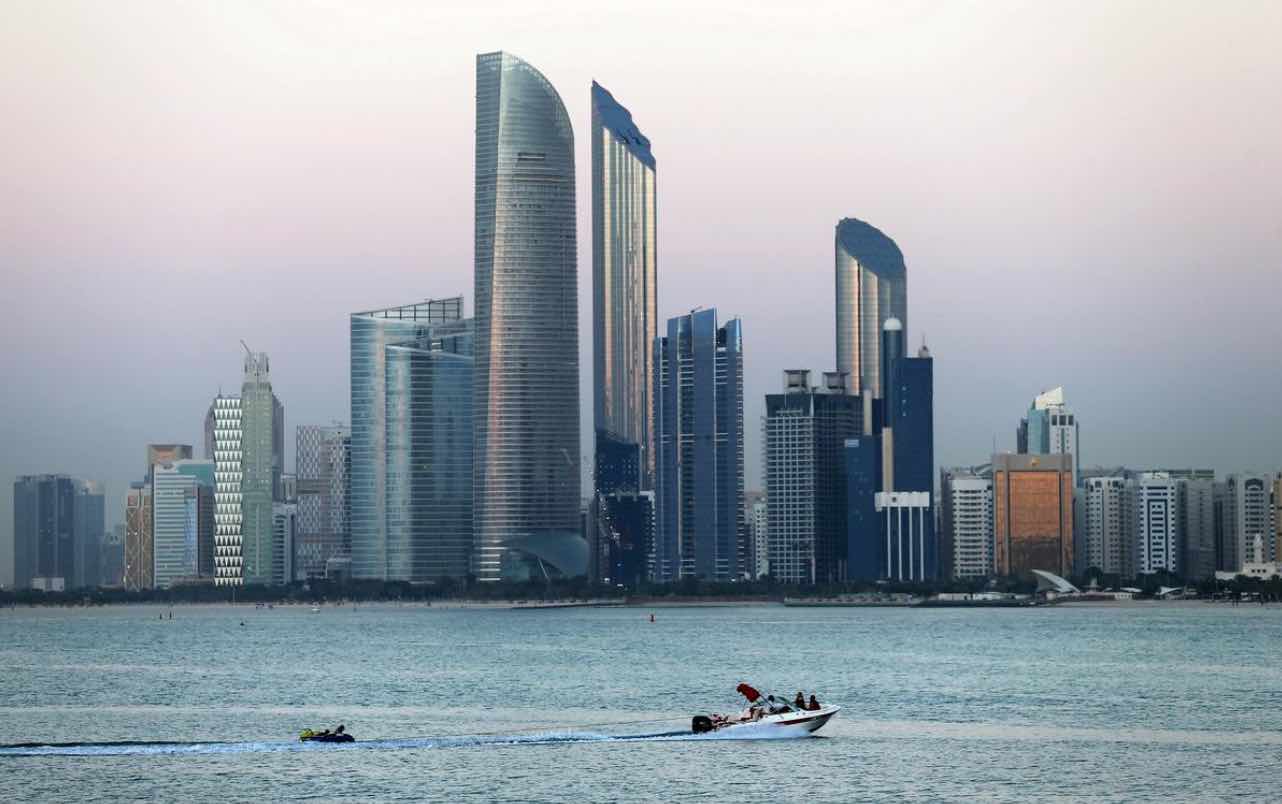
What springs to mind when you think of Cairo? The gentility of Zamalek? The bustle of downtown? The mercantile rush of Mohandiseen? The laid-back charm of Cairo’s original suburbs, Maadi and Heliopolis?
If so, at least in terms of where people actually live, you’re missing out on the real Cairo. According to urban planner and long-time Cairo resident David Sims, the author of “Understanding Cairo: The Logic of a City Out of Control, ” two-thirds of Cairenes live in informal adjacent developments, or in Arabic, ‘ashwa’it, almost all of which have been built upon former agricultural land during the past 50 years.
If you’re looking for a representative neighborhood of contemporary Cairo, you need to look beyond the traditional urban core. Go instead to places like Imbaba, Ard al-Liwa and Basateen, which have developed not only independent of government intervention but usually in defiance of established law. Nevertheless, such regions are now home to three-quarters of all new housing units.
Exploding Cairo’s Myths
According to Sims, much of what we think we know about our city may warrant a closer look. Bad traffic? Cairo’s roads hum along at the relatively speedy average pace of 15km/h, faster than all but a handful of the world’s major urban centers. Microbuses as the scourge of Cairo traffic? Actually, they're an incredibly affordable and efficient informal system, filling a void in government policy. Slum-like conditions in the ‘ashwa’it? Rare, says Sims, explaining that the majority of informal housing is actually constructed quite well and connected to the municipal water network. Usually these dwellings are inhabited by the original builder, which tends to ensure at least minimum quality standards.
These and other myths of Cairo’s dysfunctionality are exploded in Sims’ recently published book, “Understanding Cairo: The Logic of a City Out of Control.” The result of more than 30 years spent trawling through neighborhoods rarely seen by Cairo’s more privileged social strata, the book is an eye-opening and readable account of Cairo’s urban framework.
Functional Chaos
Despite our griping, Sims argues that Cairo actually functions quite well. Like any massive urban center, the city has problems, but they are far less debilitating than those of other equivalent global metropolises.
For starters, Cairo has a host of natural advantages. Its urban core has developed along the axis of the Nile, creating linear transportation corridors that serve the majority of the population. With most people living within a kilometer of the river, it's relatively straightforward to provide homes with essential municipal services such as water and electricity. In addition, a vast reservoir of empty desert land surrounds the city, absorbing excess growth and facilitating transport links with other parts of the country.
All of this helps make Cairo a relatively functional mega-city. Housing is affordable, reasonably well-built, and conveniently located. Businesses are spread throughout the metropolitan area, which allows many Cairenes to live within close proximity of their employment. Public transit, which serves 90 percent of the population, is affordable and efficient (if you count microbuses as efficient). The city remains extraordinarily compact. Moreover, despite their informal status, homeowners in the ashwa’it feel relatively secure in their property titles. They are served by established resale markets, which generally use power of attorney contracts instead of property titles.
Development In Spite of Government
The irony of Cairo is that its relative functionality is not the result of enlightened government intervention. In fact, for the past half century, the most heavily-inhabited parts of Cairo — as opposed to the virtually empty desert developments — have developed almost entirely independent of government plans. Sims describes this as “order without design.”
Virtually all of the energy of Egyptian planners, as well as the considerable investment funds at their disposal, have been dedicated to creating and sustaining satellite communities in the desert around Cairo. Despite grandiose long-term plans that predict that 6.5 million Cairenes will move to these desert cities within the next 15 years, most communities remain virtually uninhabited. Sixth of October, which is by all accounts the most successful of the satellite cities, still contains only 500,000 full-time residents. Two-thirds of its housing units stand empty.
The Scandal of Cairo’s Desert Cities
Sims describes in vivid detail the colossal misappropriation of funds and planning energy that has created these satellite cities. At best, desert cities are an investment bubble; at worst they are a vehicle for the dispensation of patronage and favors. Take a look at the past champions of desert development: In today's revolutionary Egypt, quite a few of these real estate promoters are behind bars or on the run.
Meanwhile, virtually no state funds have gone into improving or upgrading Cairo’s informal zones, which are home to two-thirds of the population. The 11 million inhabitants of Cairo’s ‘ashwa’it have benefitted from virtually no government investments, whereas the 800,000 largely elite suburban inhabitants out in the desert have seen countless millions poured into their communities.
Towards a Revitalized Urban Core
The revolution provides an opportunity to fundamentally reset many of Cairo’s urban planning practices. At a time like this, the city can turn away from the discredited state-led social engineering that promoted the failed desert cities, and instead embrace a people-oriented approach that invests in real, inhabited communities.
It seems obvious that Cairo’s future depends on reimagining and reinvigorating Cairo’s existing urban core, and there are some hopeful signs that this is already happening. Several companies are looking at the extraordinary renovation potential in Cairo’s elegant downtown. There is a growing awareness of the potential of harnessing the Nile for river transport. Cairo’s incoming democratically-elected administration could signal its intent by accelerating plans to expand the metro, and they could create delightful public spaces at the old Imbaba airport and in the open plot next to Tahrir just south of the Egyptian museum.
Every despot needs a legacy, and it seems that Mubarak staked his on populating the desert. But such grand visions of social engineering nearly always fail. As Sims argues in “Understanding Cairo,” a people-oriented approach needs to improve the existing reality, rather than impose impractical imaginary solutions. For millennia, Egyptians have lived on the banks of the Nile; there's no reason to think that now is the time to alter this pattern. For one of the world’s largest cities, Cairo has an impressively functional urban core. It’s time to direct Cairo’s growth energy into the urban areas where Cairenes actually live, and leave the ill-conceived plans for populating the desert where they belong — lost in the sand.
David Sims. “Understanding Cairo: The Logic of a City Out of Control.” January 2011. AUC Press.




